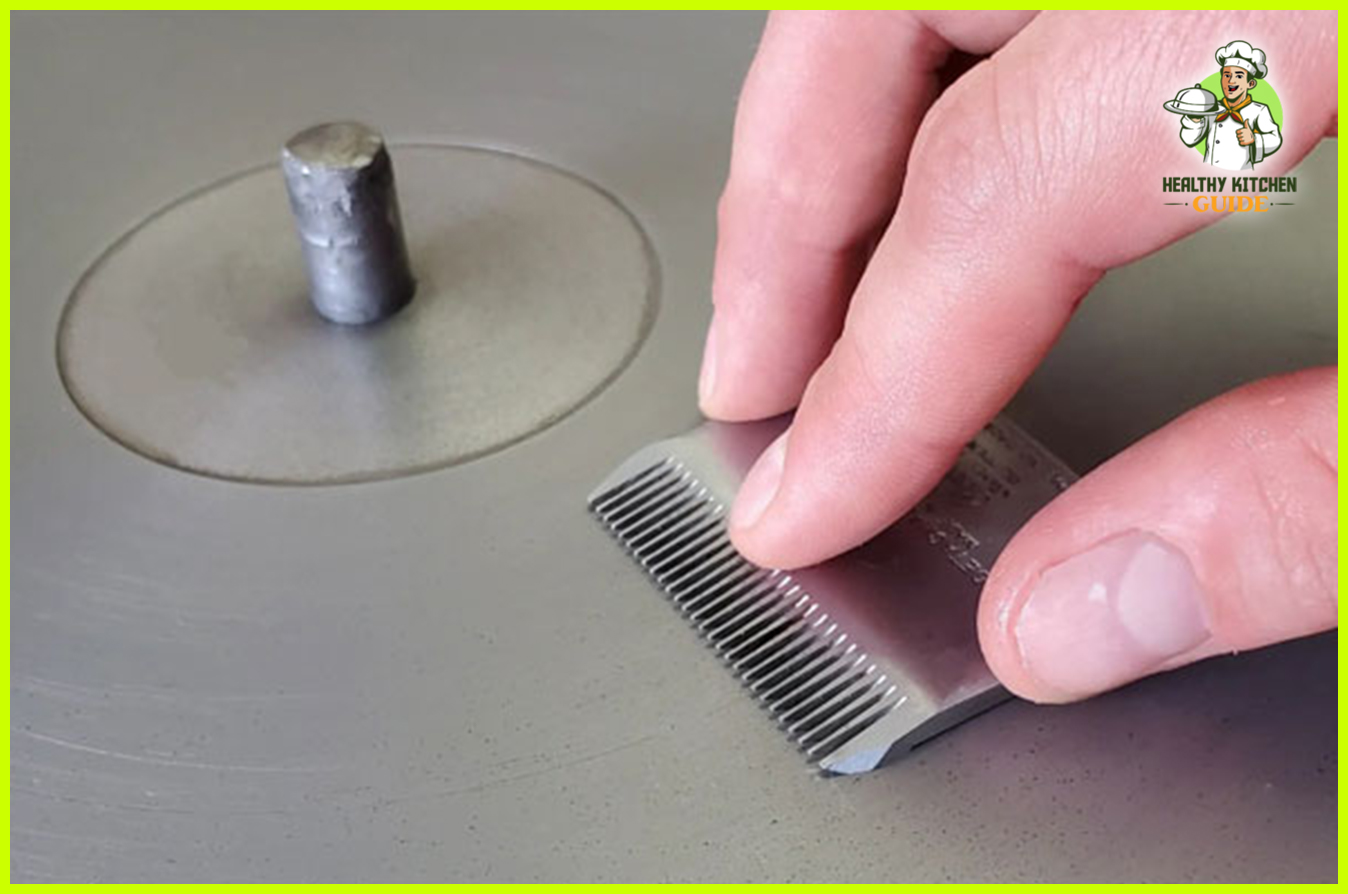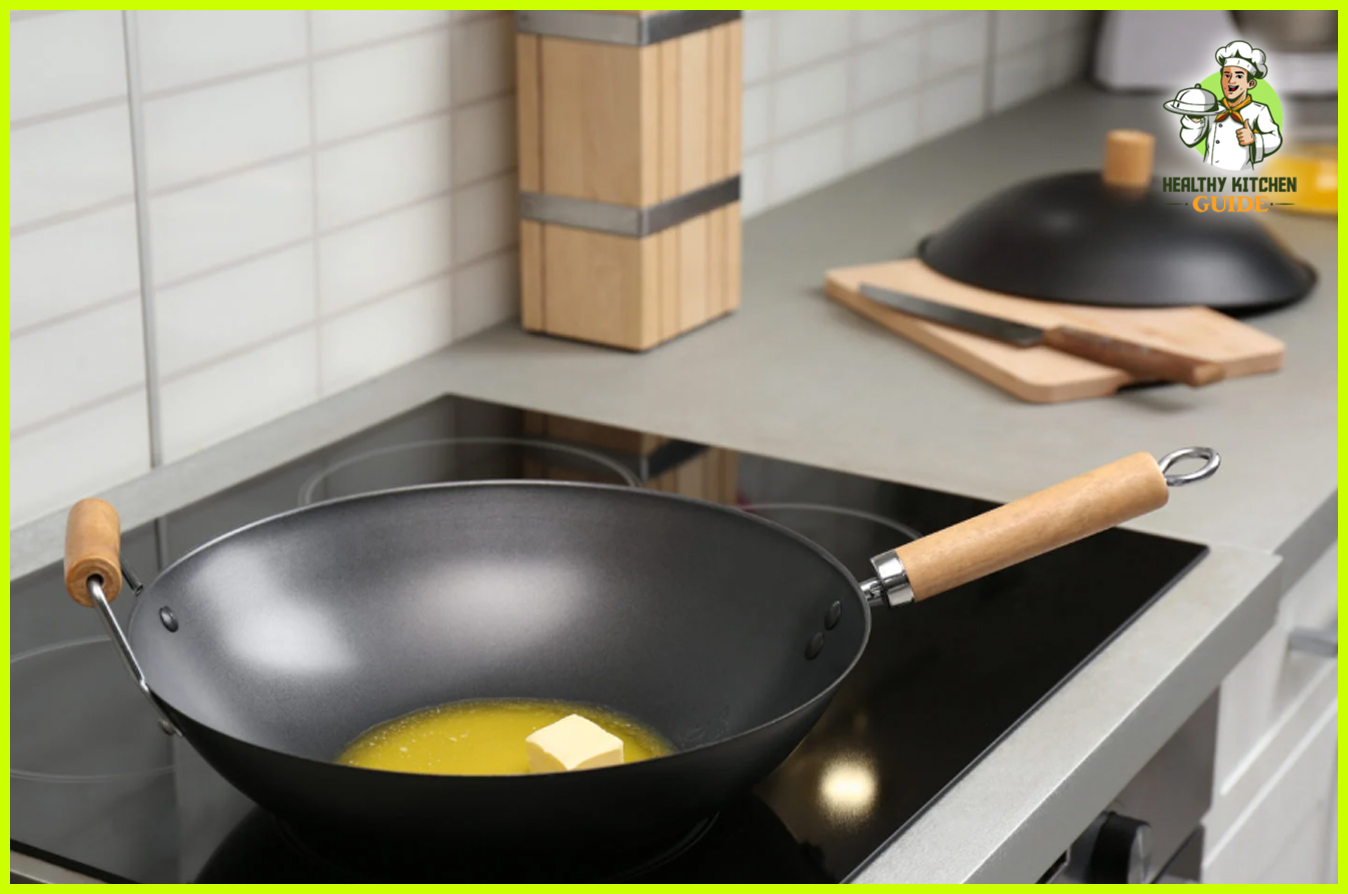To sharpen a knife that won’t sharpen, first, check if the blade is dull or damaged. If dull, try using a sharpening stone with water or oil to restore the edge.
If damaged, consider a professional sharpening service or replace the knife. A dull knife can be frustrating to work with, making tasks harder and less precise. Whether you need to prepare ingredients for a meal or complete a DIY project, a sharp knife is essential.
However, sometimes a knife may refuse to sharpen, leaving you wondering what to do next. We will explore some practical tips to help you sharpen a stubborn knife and restore its cutting power. Continuing reading to learn more.
Common Reasons For A Dull Knife
When a knife won’t sharpen, there are a few common reasons that could be the culprit. One possibility is that the blade is worn out and no longer able to hold a sharp edge. In such cases, it may be necessary to replace the blade altogether.
Another reason for a dull knife could be an improper sharpening angle. If the knife is not held at the correct angle during sharpening, it can result in a blade that won’t sharpen properly. It’s important to learn the proper technique and angle to achieve a sharp edge.
The quality of the sharpening tools being used can also play a role in the effectiveness of sharpening. Using substandard tools or devices that are not designed for sharpening knives can lead to less than satisfactory results.
Diagnosing The Issue: Assess Your Knife
Diagnosing the issue with a knife that won’t sharpen involves assessing the knife’s blade and evaluating its sharpness.
Inspecting the blade is the first step in diagnosing the problem. Look for any visible damage, such as nicks, chips, or bends in the blade. These issues can prevent a knife from sharpening properly and may need to be repaired before sharpening.
Evaluating the sharpness of the blade is essential in understanding why the knife won’t sharpen. Use a piece of paper or a tomato to test the knife’s cutting ability. If the knife doesn’t cut smoothly or struggles to slice through the material, it is likely not sharp enough.
Knowing the specific issues with the blade will help determine the correct method to sharpen it. For example, if the blade is dull but has no visible damage, a simple sharpening process may be all that’s needed. However, if there are nicks or bends, additional steps like honing or professional sharpening may be necessary.
Technique 1: Using A Whetstone For Razor-sharp Results
When sharpening a knife that won’t sharpen, using a whetstone can yield razor-sharp results. To start, selecting the right whetstone is crucial. Consider the grit size, material, and size of the stone. A higher grit size will provide a finer edge, while a lower grit size is suitable for repairing damaged blades. Additionally, the material of the whetstone can affect the sharpening process, with options including oil stones, water stones, and diamond stones.
Once you have your whetstone, preparing it properly is essential. Soaking the whetstone for a suitable amount of time allows it to absorb moisture and helps prevent the blade from overheating during sharpening. It is recommended to follow the manufacturer’s instructions for soaking and wetting the stone.
Maintaining the correct angle while sharpening is important. Position your knife at an angle of approximately 15 to 20 degrees to the whetstone. Holding the knife with a consistent angle throughout the sharpening process ensures an even and precise result.
Finally, achieving a polished edge requires careful technique. Begin by sharpening one side of the blade using gentle, controlled strokes towards the cutting edge. Repeat this process on the other side of the blade, maintaining the same angle. Continue until you achieve the desired sharpness and polish.
Technique 2: Utilizing A Honing Rod For Quick Touch-ups
When it comes to sharpening a knife that won’t sharpen, using a honing rod can be an effective technique. But it’s important to choose the suitable honing rod for your knife. There are different types of honing rods available, such as ceramic, diamond-coated, or steel rods. Selecting the right one can make a difference in achieving the desired results.
Once you have the suitable honing rod, it’s essential to follow the proper technique for honing. Start by holding the rod firmly with one hand and the knife with the other. Place the rod against the knife’s cutting edge at a 20-degree angle. Apply light pressure and move the knife down the rod, from base to tip, in a sweeping motion. Repeat this process on both sides of the blade for about 5-10 strokes.
Remember to always apply the correct pressure while using the honing rod. Applying too much pressure can damage the blade, while too little pressure may not provide the desired sharpening effect. Find a balance that works for your knife and ensure consistent pressure throughout the sharpening process.
Technique 3: Professional Knife Sharpening Services
Understanding the benefits of professional sharpening can greatly help in maintaining the quality of your knife. When it comes to knife sharpening, many people struggle to achieve the sharpness they desire. If you have tried various methods and your knife still won’t sharpen, it may be time to consider professional sharpening services.
Trusted sharpening services have the expertise and specialized equipment to restore your knife’s edge to its optimal condition. They are knowledgeable in working with different types of knives and can provide tailored sharpening based on your specific needs.
In addition to achieving a sharp edge, professional sharpening services offer several benefits. Firstly, they can extend the lifespan of your knife by removing any nicks or damages that may compromise its performance.
| Finding Trusted Sharpening Services | Learning How to Maintain the Knife’s Edge |
| Research local sharpening services and read reviews from satisfied customers to ensure quality. | Regularly hone your knife’s edge using a honing rod to maintain sharpness between sharpening sessions. |
| Ask for recommendations from fellow cooking enthusiasts or professional chefs. | Store knives properly to avoid unnecessary dulling or damage. |
| Reach out to different sharpening services and inquire about their sharpening techniques and pricing. | Avoid using abrasive cutting boards or surfaces that can dull your knife’s edge. |
By understanding the benefits of professional sharpening and taking the necessary steps to maintain your knife’s edge, you can ensure that your knife stays sharp and efficient for all your culinary endeavors.
Pro Tip 1: Protecting Your Knife’s Edge For Longer Lasting Sharpness
Beyond knowing how to sharpen a stubborn knife, it’s important to protect its edge for longer-lasting sharpness. Proper cutting board usage is key to minimizing unnecessary wear and tear. To maintain the blade’s sharpness,
- Always use a cutting board made of wood or plastic, avoiding glass or marble surfaces that can quickly dull the blade.
- Make sure your cutting board is clean, dry, and stable to prevent slips and accidents.
- Avoid excessive force when chopping or slicing, as this can damage the edge and lead to dullness.
- Regularly clean and dry your knife after each use to prevent corrosion and buildup of food particles.
By following these simple practices, you can extend the lifespan of your knife’s sharpness and maintain optimal performance in the kitchen.
Pro Tip 2: Maintaining And Storing Your Knife For Optimal Performance
Pro Tip 2: Maintaining and Storing Your Knife for Optimal Performance
Proper knife maintenance and storage are essential for ensuring its optimal performance. Here are some important techniques to follow:
| Correct Storage Techniques |
|---|
| 1. Store your knife in a knife block, a knife roll, or on a magnetic strip. Avoid storing it loosely in a drawer, as it can get damaged. |
| 2. Use a protective sheath when storing the knife in a drawer to prevent any accidental cuts. |
- Inspect your knife regularly for any signs of wear, such as dents, chips, or loose handles. Address any issues immediately to prevent further damage.
- Cleaning the knife properly after each use is crucial. Hand wash it with mild soap and warm water, then dry it thoroughly to prevent rust or corrosion.
- Avoid harsh cleaning agents, as they can damage the knife’s blade or handle.
- Applying a food-grade mineral oil to the knife’s blade periodically can help protect it from rust and maintain its sharpness.
- Always handle the knife with caution, keeping your fingers away from the blade’s edge to avoid any accidents.
- Use a cutting board made of wood, bamboo, or plastic, as harder surfaces like glass or stone can dull the blade.
- Avoid using the knife for unintended purposes, such as prying or opening cans, as this can cause damage.
By following these maintenance and storage techniques, you can keep your knife in top shape and enjoy its performance for a long time.
Frequently Asked Questions Of How To Sharpen A Knife That Won T Sharpen
How Do I Sharpen A Knife That Won’t Sharpen?
To sharpen a knife that won’t sharpen, try using a honing rod to realign the edge or consider professional sharpening services.
Why Is My Knife Not Getting Sharp?
Your knife may not be getting sharp due to a dull edge, incorrect sharpening technique, or using the wrong sharpening tools.
Can A Knife Be Too Blunt To Sharpen?
While extremely blunt knives can be challenging to sharpen, with proper technique and patience, most knives can be improved.
What Are The Common Mistakes When Sharpening A Knife?
Common mistakes when sharpening a knife include using the wrong angle, applying too much pressure, and neglecting to remove burrs.
How Often Should I Sharpen My Knife?
The frequency of sharpening depends on usage, but it’s generally recommended to sharpen a knife every few months or as soon as it starts to dull.
Should I Use A Honing Rod Or A Whetstone To Sharpen My Knife?
A honing rod is ideal for regular maintenance, while a whetstone is better for more thorough sharpening or repairing heavily damaged blades.
Conclusion
The key to sharpening a stubborn knife lies in understanding the root cause of its dullness. By identifying the correct method and using the right tools, you can restore the sharpness of your blade. From utilizing a whetstone to honing rods or a sharpening system, there are various techniques to try.
Remember to exercise caution and approach the task confidently. With a little practice and perseverance, you’ll soon be slicing and dicing with a razor-sharp edge. Happy sharpening!




Leave a Reply